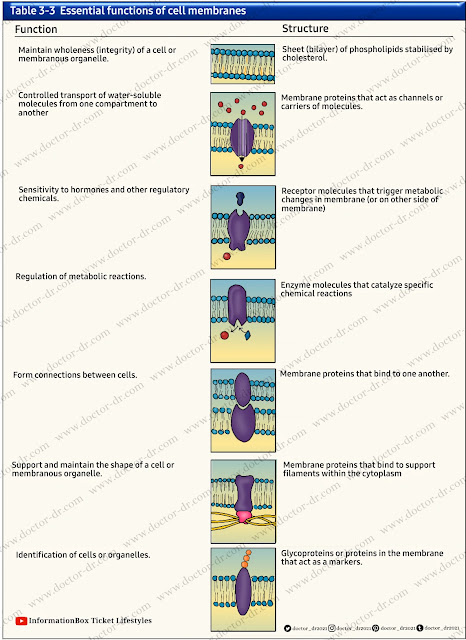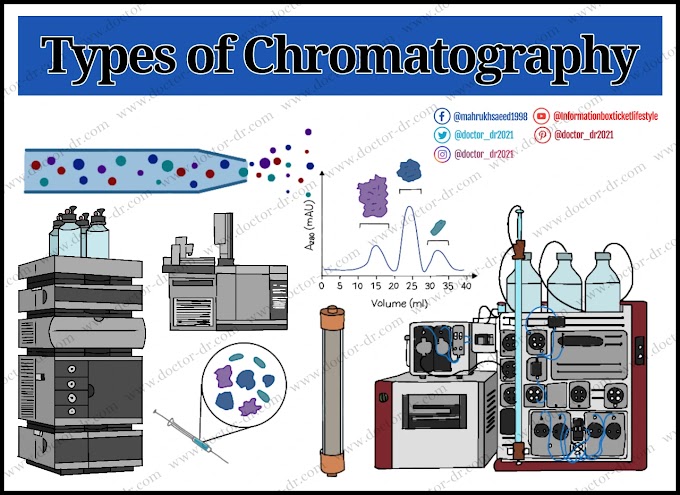Figure 3-1 A Typical Cell
Above figure 3-1 shows a typical cell with a variety of membranes. The plasma membrane, which forms the outside border of the cell, is one of these membranes. Each cell also has membrane-based organelles. The sacs and canals that make up membraneous organelles are made of the same membrane as the plasma membrane. This membrane material is a very thin layer of lipid, protein, and other molecules that is just 75 A, or.0000003 inch, thick.
Figure 3-2 Plasma Membrane. A bilayer of phospholipid molecules, with their nonpolar "tails" oriented in the same direction, makes up the plasma membrane. In order to keep the flexible bilayer structure from breaking, cholesterol molecules help stabilise it. The bilayer membrane may include protein molecules and protein-hybrid molecules on the outside or, more likely, through the inner surface.
Factors that keep cell membranes in place:
- Chemical attractions between phospholipid molecules: The hydrophilic heads of phospholipid molecules face the water, while their hydrophobic tails face away from it. This arrangement creates a double layer or bilayer that forms the main structural component of the cell membrane.
- Cholesterol: This steroid lipid combines with phospholipid molecules to create a mixture of lipids that is fluid enough to work as intended at body temperature. Without cholesterol, cell membranes would easily rupture.
- Proteins embedded in the phospholipid bilayer: These membrane proteins act as gates, regulating what passes through any membrane segment. Only specific molecules can travel through certain types of transport proteins, and the cell can control whether these gates are open or closed.
- Glycoprotein molecules: Some membrane proteins have chains of carbohydrates attached to their outer surfaces. These identifying markers serve as indicators on a fence that indicate the contained region and are recognized by other molecules. Immune system molecules and cells can discriminate between "self" and "nonself" cells based on these markers.
- Receptor proteins: These proteins can modify a cell's metabolic state in response to the presence of hormones or other regulating substances.
- Enzymatic proteins: Some membrane proteins can serve as enzymes to speed up biological processes.





~1.webp)

.webp)
.webp)
